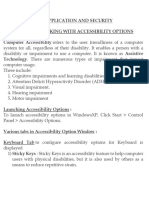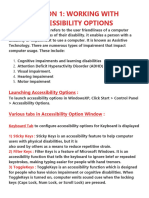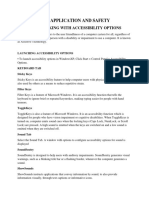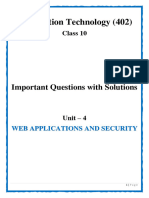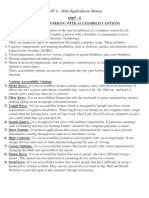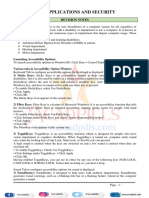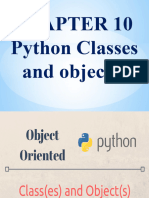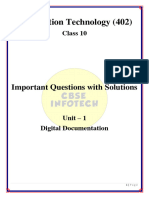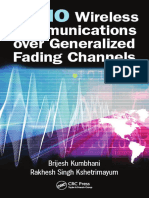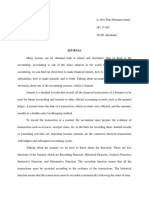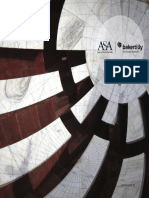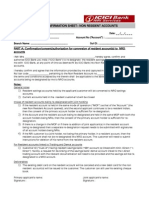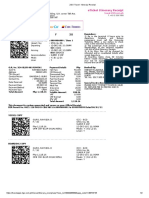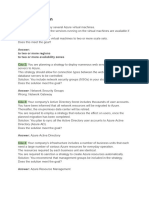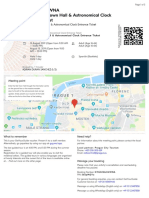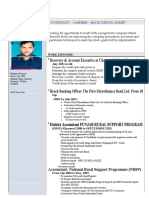0% found this document useful (0 votes)
58 views32 pagesWeb Applications Basics-1
This document provides information about computer accessibility options and networking fundamentals. It discusses various accessibility options in Windows like sticky keys, toggle keys, and high contrast display settings. It also covers networking topics such as peer-to-peer and client-server architectures, types of networks, advantages of networking, internet basics, and introduction to instant messaging software like Google Talk. The document provides instructions on how to chat with contacts using Google Talk.
Uploaded by
PriyaCopyright
© © All Rights Reserved
We take content rights seriously. If you suspect this is your content, claim it here.
Available Formats
Download as PDF, TXT or read online on Scribd
0% found this document useful (0 votes)
58 views32 pagesWeb Applications Basics-1
This document provides information about computer accessibility options and networking fundamentals. It discusses various accessibility options in Windows like sticky keys, toggle keys, and high contrast display settings. It also covers networking topics such as peer-to-peer and client-server architectures, types of networks, advantages of networking, internet basics, and introduction to instant messaging software like Google Talk. The document provides instructions on how to chat with contacts using Google Talk.
Uploaded by
PriyaCopyright
© © All Rights Reserved
We take content rights seriously. If you suspect this is your content, claim it here.
Available Formats
Download as PDF, TXT or read online on Scribd
/ 32
